Mysteries of medieval roofs
From among towns and cities in Poland, Toruń can be proud of having the biggest number of preserved medieval roof structures. Moreover, they have never been subject to detailed research. Thus, the topic has been taken up by scientists from the Faulty of Fine Arts, NCU, Prof. Ulrich Schaaf, Dr Maciej Prarat as well as Prof. Tomasz Ważny.
These are extremely valuable historic monuments representing medieval and early modern carpentry, a heritage and a source of information about old, traditional construction techniques as well as the history of the town.
European, particularly Dutch and German, researchers dealing with architecture as well as art conservationists have been examining wooden constructions of bourgeois town houses for years. In Poland, the topic has not been extensively studied so far. Individual buildings have been occasionally examined, exclusively from the typological point of view. Little attention, however, has been paid to wood as a building material.
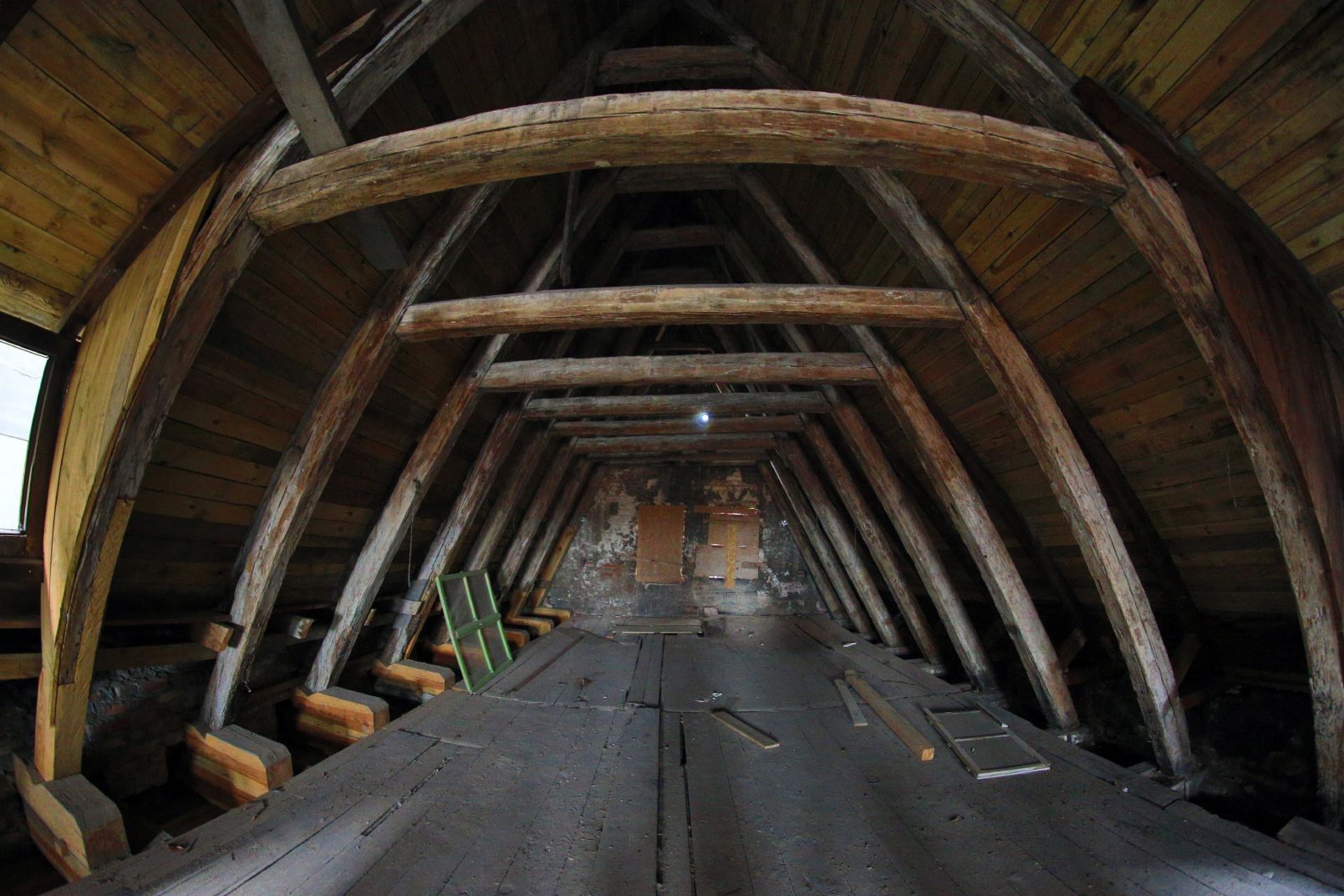
Researchers representing the Faculty of Fine Arts, NCU, have decided to fill the gaps in this area. Dr hab. inż. arch. Ulrich Schaaf, Prof. NCU and Dr Maciej Prarat in cooperation with Prof. dr. hab. Tomasz Ważny, a dendrochronologist, have just initiated a research project on rafter framing of the Old and New Town. They will take a deeper insight into the art of carpentry and secular construction development in Toruń from the Middle Ages to the end of the 18th century. The research will be continued till 2024.
Pioneering research at NCU
- Toruń has not been significantly affected by the ravages of the Second World War, and so, even medieval wooden constructions have been preserved - as dr Maciej Prarat explains. - As far as medieval rafter framing is concerned, I can state it is highly probable that our town can be proud of having the biggest number of preserved medieval roof structures in our country. Let me emphasize "highly probable" because the existing resources in Poland have not been thoroughly studied yet.
Polish researchers have mainly focused on church roofs, and thus, medieval rafter framing of St. Johns and St. James churches in Toruń have been extensively examined, Currently, with the help of the Municipal Commissioner for Historical Monuments, the researchers from the NCU are trying to get to possibly many secular buildings, town houses, outhouses, or garners in order to study the preserved rafter framing.

Worth emphasizing is the fact that the initial recognition of the preserved structures was carried out by Prof. dr hab. Jan Tajchman in 2000. He was a pioneer of wooden construction research in Poland. Emanuel Okoń, a Municipal Commissioner, was a member of the team supervised by Prof. Tajchman.
- No attempt has ever been made to approach the topic from such a broad viewpoint - says dr Prarat. - 20 years later, we are coming back to the topic, although equipped with different working methods. We can benefit much from Prof. Tajchman's studies and achievements, we verify the buildings he indicated, we check whether they have not been rebuilt meanwhile, we complete the list of objects with the new ones.
The Art of Carpentry Heritage
Research performed by the scientists from Toruń is multiway. The first stage is a historical study involving sound source query in the State Archive of Toruń and examination of documentation in institutions dealing with monument conservation. Next, a preliminary inventory of field resources will be prepared on the basis of which the most important constructions for conventional representation will be selected.
On the prepared backing, detailed architectonic examination will be performed. The study will cover the building material analysis, its processing method, studying the carpentry assembly marking system as well as marks and traces resulting from transportation, unstrapping process and setting the construction - says dr Prarat. - Thus selected elements will undergo dendrochronological examination in order to obtain accurate dating. They will allow determining the wood felling place, its quality and kind.
According to the scientists from Toruń, the sum of the collected results will enable the chronological separation and, potentially, primary rafter framing structure reconstruction. The knowledge will then be juxtaposed with what is known about the history of house building.
- Synthesis and comparison are the final elements of the research method. A description of the building process typical of the 14th till the end of the 18th century will be possible. Additionally, determination of the construction types and their development within the studied period will be feasible - explains Dr Prarat. - Rafter framing examination will be related to our knowledge about the shape and spatial-functional arrangement of domestic premises. An attempt will be made to reconstruct the building workshop and construction types with reference to other European towns and cities.
Conservationists also hope the thus obtained biological material will allow characterizing climate changes as well as determining the quality of forests over the period of 400 years.
Studying rafter framing is the main, but not exclusive, aim of the project.
- In Toruń, there are three medieval skeleton domestic premises, one on Panny Marii street (Virgin Mary, opposite the church) and two on Wielkie Garbary. Nowhere in northern Poland, and probably in the whole country, can such constructions be found - says dr Prarat.
Penthouse studies
Prof. Ulrich Schaaf and Dr Prarat started the project six months ago, but had previously studied some of the buildings. Owing to their cooperation with the District Museum, they could examine the rafter framing of the House under the Star. Thanks to the kindness of the Studio M6 Fund, they analysed wooden construction at Mostowa 6.
What do conservationists do?
Having initially examined resources, source and field query, we choose most valuable constructions. We take accurate measurements and prepare a measurement-drawing inventory which is the basis of our further research - explains dr Prarat. - Next, each element is individually studied; we check which tools were applied, how it is connected, and which assembly marks were used. Finally, when we are able to decide whether the construction is uniform or superimposed, we take advantage of dendrochronological research to get to know exact dating and determine the origin of the building material.
Preliminary dendrochronological research performed by Prof. Ważny showed that in the Middle Ages pine wood was most commonly used to construct rafter framing in Toruń. The wood was prevalently logged from the local forest areas, but not exclusively. It was transported on rafts from the Dobrzyń Land, Lower Vistula, Warmia, Podlesia, and even from the southern parts of Poland, since rafting marks can be observed.
- At least it was so in the case of the tenement house at Mostowa 6. In some parts of it, wood from Warmia transported to Toruń by the Drwęca river was used - adds dr Prarat.
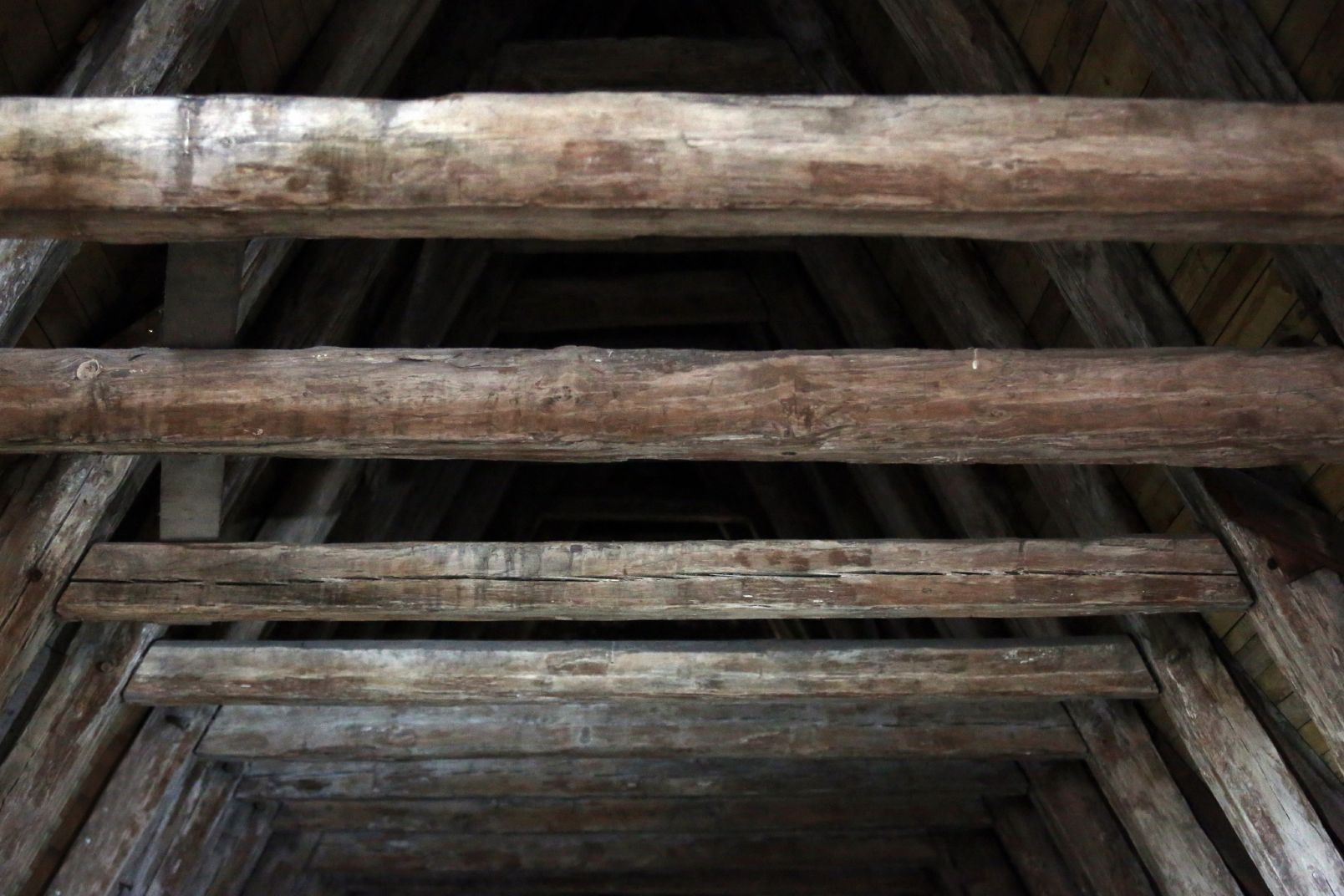
Such information gives us knowledge not only about the very origin of the building material but also about business relations in medieval Toruń, and hence, about the history of the town and its citizens. Concerning rafting, we can distinguish various assembly methods, and we can find out how rafts were constructed in medieval and modern times, which building materials, connections, and tools were used.
Apparently details, but they can tell us much. When we analyze the marks resulting from a broadaxe use and the cutting angles, we are able to determine the height at which the building material was placed or when it was smoothened by a carpenter. If we juxtapose it chronologically, we can indicate differences in wood processing in the period between the 14th and 18th century - says dr Prarat.
Dr Prarat gives another example: two round, often conical holes, sized 4 cm in diameter and around 10 cm in depth which are found on wooden construction elements provide the proof to that material was transport by rafts. Many bear elements of wedges and plated bands. The holes are located in the building material, lengthwise, approximately 15-20 cm away from one another. Such examples can be found in the buildings at Żeglarska 10, Kopernika 15, Świętego Ducha 12, Rynek Staromiejski (Old Town) 20, Mostowa 2 and 6, Rabiańska 13 as well as Żeglarska 7. In some skeleton and roof constructions, two double holes were noticed.

Interestingly, it can tell us much about wood transport, what could happen to raftsmen on their way. Double holes could remain after repairing or rearranging the raft elements during floating, explains Dr Prarat.
Medieval constructions catalogue
"The Art of Carpentry and Development of Secular Building in the Old and New Market in Toruń from the Middle Ages to the End of the 18th Century in the Scope of Interdisciplinary Rafter Framing Research" project is financially supported by OPUS organized by the National Science Center. The grant is 457000 zł and the project will be implemented till 2024. As a result, a book supplemented with a catalogue of the analysed building constructions will be written.
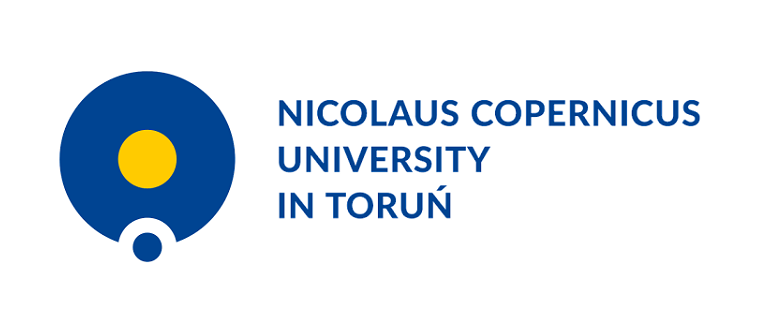 NCU News
NCU News







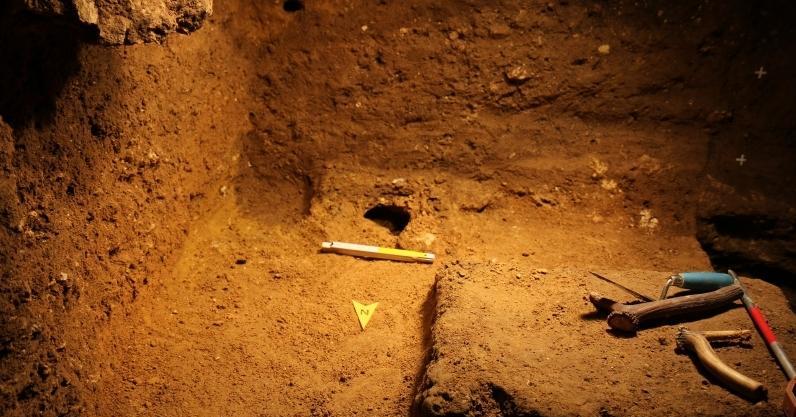 Humanities and arts
Humanities and arts
 Humanities and arts
Humanities and arts
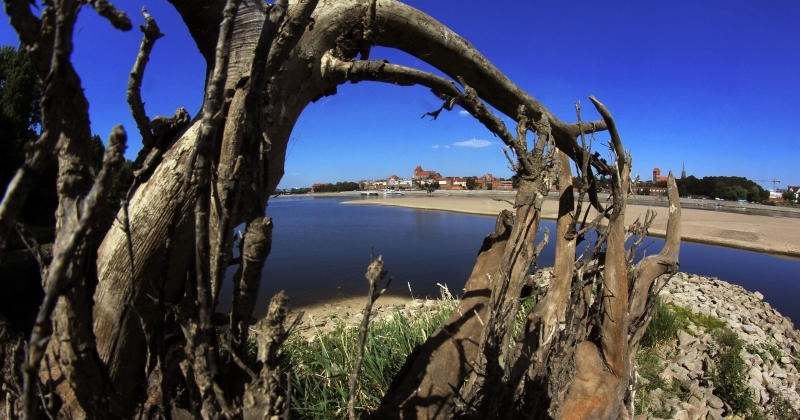 Natural sciences
Natural sciences
 Social sciences
Social sciences